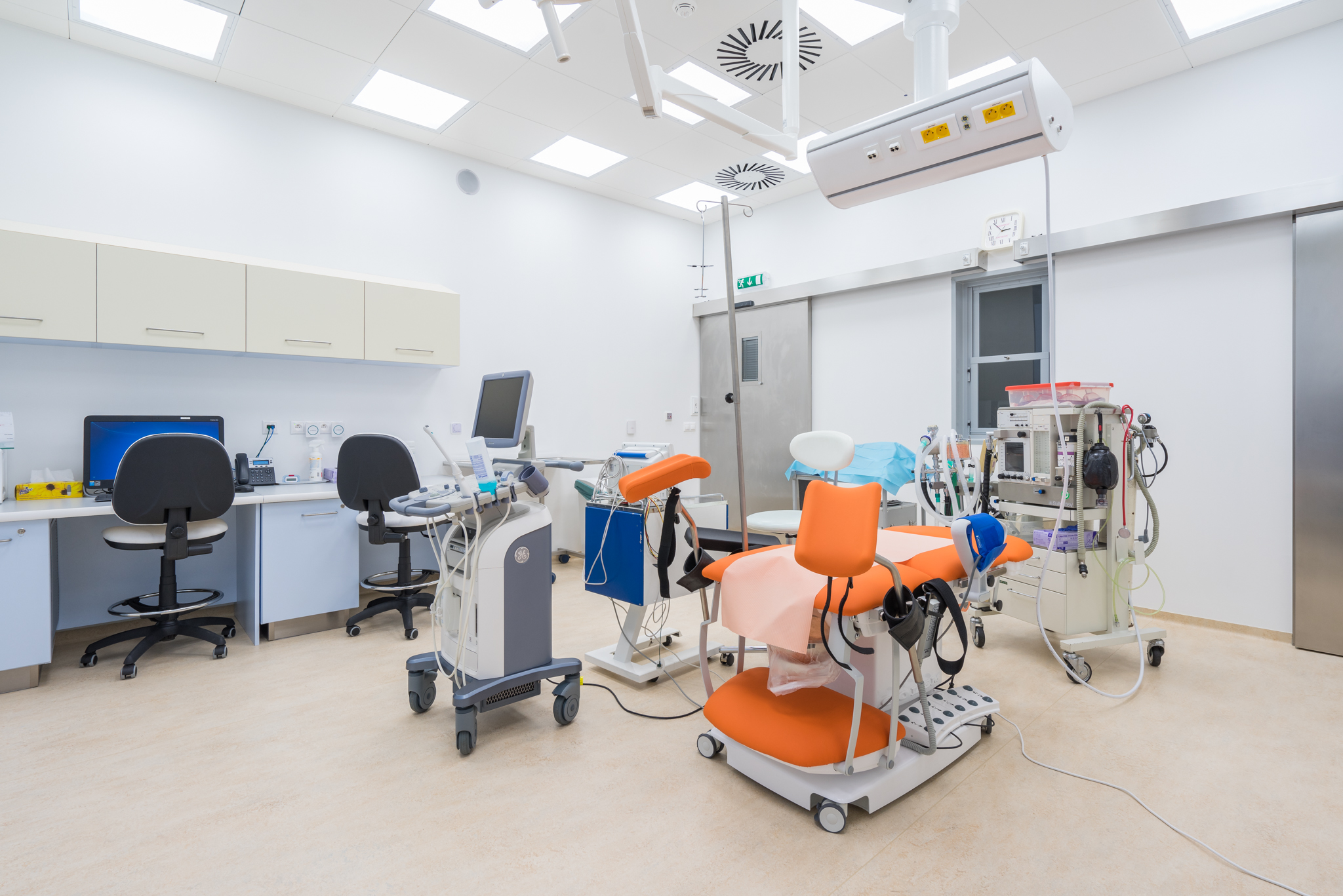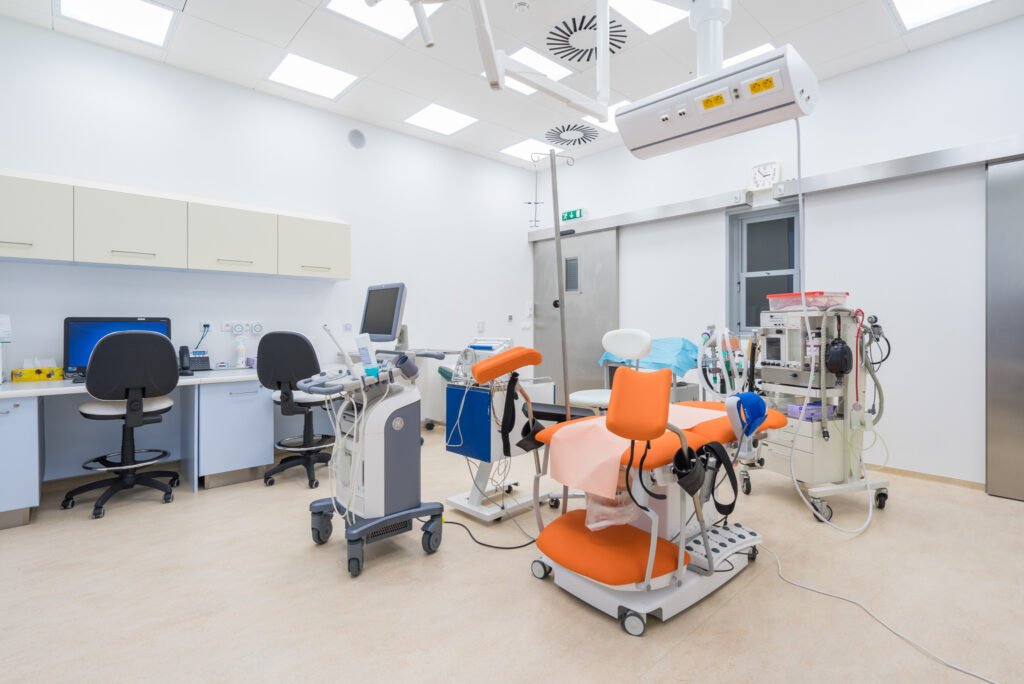After hormonal stimulation, which causes more eggs to mature than in a regular cycle, another integral part of assisted reproduction comes into play. Egg retrieval, or puncture, occurs under general anesthesia in a fasting state and usually takes no more than 10 minutes.
The content of the follicles is removed by the doctor under ultrasound control using a thin puncture needle. At Repromeda, we have been using a very thin Kitazato needle for egg retrieval since 2015. This needle has a tip diameter of only 0.912 mm, instead of the usual 1.149 mm. This makes it gentler in penetrating the tissues and minimizes the risk of complications.
For patients, using this needle is safer and less painful. The comfort of the treatment is also increased by the lower consumption of analgesics and anesthetics administered to the patients. In addition, safer access to the follicle and less resistance from surrounding tissue is provided by the laser-treated tip. This is adjusted to ensure maximum visibility on ultrasound during the removal process.
The embryologists then search the collected follicular fluid for eggs that are then fertilized on the same day and become embryos. The women spend the next two hours after the procedure in the recovery room to rest. They can then leave the clinic accompanied by a loved one. It is not recommended to drive the day after anesthesia.



